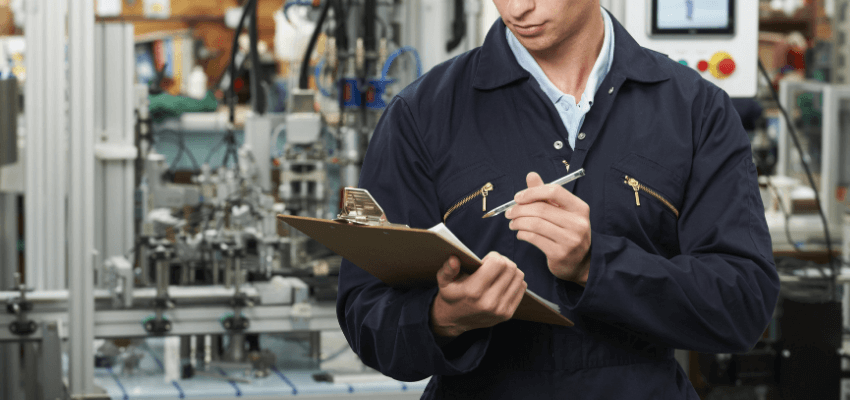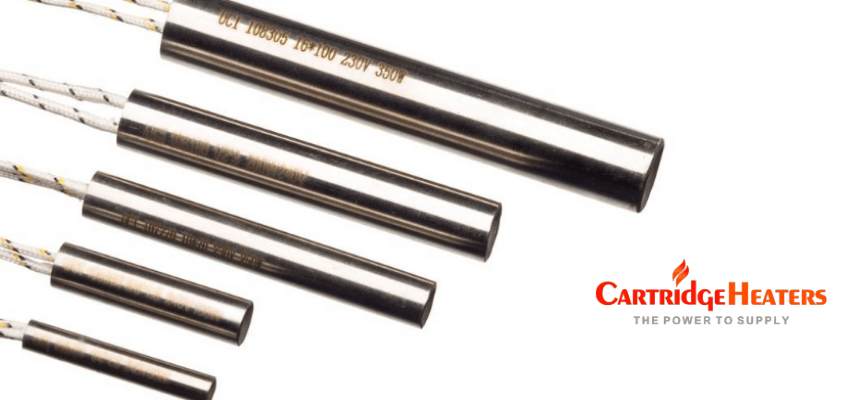
When buying a cartridge heater, consider installation location, materials it contacts, response time, and required temperature. Cartridge Heaters UK offer expert advice on size, wattage, and bespoke options to suit various applications, ensuring optimal performance.
Cartridge heaters are the ‘unsung champions’ of the heating world.
They can be used in a diverse range of applications and play a significant role in many different sectors, from food production and preparation to additive manufacturing and chemical engineering.
However, this versatility can have a downside. It means that selecting the right cartridge heating element for the job can be a little tricky, especially if it’s something you haven’t done before.
Which is why, to help, our team of experts have rounded up some of the key things you need to consider when making your purchase. Here at cartridgeheaters.co.uk, this is our area of expertise and you’re welcome to take advantage of our knowledge at any time.
Just call 0121 439 8932.
1. Where do you wish to install the cartridge heater?
First things first, you need to think about where the cartridge heater will be installed.
What type of materials will it come into contact with? Some materials – such as brass and aluminium – may not be able to withstand the heat, leading to significant levels of damage and severe leakages. In which case, a cartridge heating element may not be the best option for your requirements.
Will it be exposed to any contaminants? If so, it’s more crucial than ever that it fits snugly. And as a general rule, the diameter of the mould should be no more than 0.1mm bigger than the diameter of the heater.
2. How quickly will it need to respond?
For some applications – such as plastic manufacturing – the cartridge heater will need to respond quickly upon activation. And heaters with a higher wattage are best for this. The higher the wattage, the faster the response time of the element, and the more reliable its performance will be.
If speed isn’t a priority, a cartridge heater with a lower wattage may be sufficient.
3. What temperature will the cartridge heater need to reach?
You should also carefully consider the temperature of your intended application.
This determines the most appropriate sheathing for your cartridge heater. The most common material is stainless steel. But for particularly high-temperature applications, an INCOLOY sheathing tends to be more suitable – helping to maximise the element’s lifespan and reduce its maintenance.
It also dictates the most appropriate type of lead. If the cartridge heater will be used at high temperatures, fibreglass is typically the best choice for the lead wires. Other materials such as rubber or silicone, however, will prove ineffective and can lead to poor performance.
Contact the cartridge heater experts
If you’re unsure which cartridge heater is the most suitable for your needs, we’re always happy to offer our help and advice. Having discussed your application, we can suggest the ideal product for your requirements – including the best size and wattage – and place the order for you.
Alternatively, if we don’t have the right product in stock, we can create a bespoke cartridge heater to match your specifications perfectly. We provide high watt densities as standard, but we can create low and medium watt density elements upon request. We can also adapt heating elements to feature heated zones, various lead types and exits, different voltages, and thermocouple sensors. So, why not get in touch and tell us what you need?
To speak to a member of the team, feel free to give us a call on 0121 439 8932. Or send an email to sales@cartridgeheaters.co.uk and we’ll respond to your enquiry as soon as possible.

